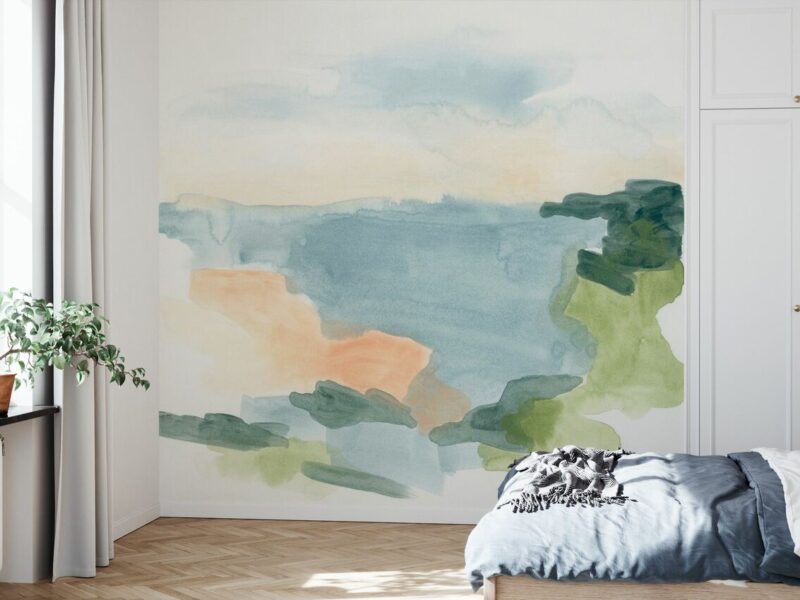If you’re someone who loves to own and maintain aquariums, you’d know that a fascinating aquarium is not only about the species of fish, but also the life and energy the other creatures add to the surroundings. One of such beautiful and useful creatures are Multicolored Isopods. These bright, carefree and hardworking little creatures add novelty and activity to any aquarium. In this article, we’ll take a closer look at Multicolored Isopods, their characteristics, benefits, and types along with some tips on how to take care of them.
What are Multicolored Isopods?
Multicolored Isopods, also known as Dwarf Isopods or Porcellio Scaber, are small crustaceans that belong to the large group of Isopoda. These multicolored arthropods can grow anywhere from 0.5 – 1 cm long and are characterized by their vibrant color patterns, such as the Grey, Orange, or Calico Multicolored Isopods. They are a hardworking and naturally curious species that thrive in Aquariums and are known to be prolific breeders when kept in the right environment.
Benefits of Adding Multicolored Isopods to Aquariums
There are several benefits of adding Multicolored Isopods to an aquarium. First and foremost, they are excellent for keeping the underwater habitat clean and healthy. They are scavengers and feed on the leftover food and waste. Thus, they help reduce the buildup of unwanted toxins and harmful materials. Secondly, Multicolored Isopods are great for bioactive aquariums as they help increase the bacterial activity of the substrate. Lastly, these creatures are a great source of entertainment as they move quickly and explore their surroundings.
Types of Multicolored Isopods
There are several types of Multicolored Isopods available in the market, such as Orange, Calico, and Grey. Each of them has a unique color combination and characteristics. The Orange ones have a bright and vibrant orange color, and are known for their quick movement. The Calico, on the other hand, have spots on their back, which can be red, white, and black. Finally, the Grey ones have an overall grey color with a blue tinge. They are slower and more laid back than the other varieties.
How to Take Care of Multicolored Isopods
Taking care of these vibrant creatures is very easy. First and foremost, provide them with a suitable environment. Multicolored Isopods prefer a low humidity environment with damp soil or substrate. They require moisture, but not too much, which can cause them to stress and die. Secondly, provide them with a balanced diet that includes fresh fruits, vegetables, and high-quality fish flakes. Stay away from high protein-based foods as they can cause digestive issues. Lastly, make sure you clean their habitat regularly to keep it free of waste and toxins.
Conclusion:
In conclusion, Multicolored Isopods are an excellent addition to any aquarium. They are curious, hardworking, and entertaining creatures that bring life to an aquarium environment. Adding different types of multicolored Isopods to your aquarium can bring a new level of beauty and serenity to your space. Follow the care and habitat guidelines to ensure their health and longevity. We hope this article has given you a good insight into these fascinating little creatures. Happy aquarium maintaining!


